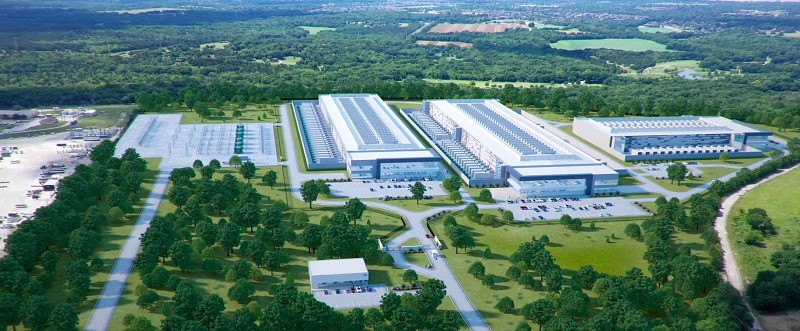DOE’s Strategic Blueprint for Managing AI-Driven Energy Demands in Data Centers
A groundbreaking report from the U.S. Department of Energy (DOE) reveals the urgent need to balance AI’s skyrocketing power consumption with grid reliability and sustainable practices. In collaboration with key players in the data center and energy sectors, the DOE outlines a comprehensive strategy to tackle the rapidly increasing energy demands driven by artificial intelligence and digital infrastructure.
This new report, developed in partnership with a diverse group of industry stakeholders, presents a clear plan for managing these demands while ensuring both grid stability and environmental sustainability. The document, titled ‘Recommendations on Powering Artificial Intelligence and Data Center Infrastructure,’ underscores the pressing energy challenges posed by AI applications and offers actionable solutions to navigate this evolving landscape.
Recent findings by the SEAB Working Group on Powering AI and Data Center Infrastructure highlight the urgent need for innovative solutions to meet these energy needs reliably and sustainably. Here, we summarize the key recommendations from the report presented to the U.S. Secretary of Energy, which provide a roadmap for future growth in this sector.
Addressing the Energy Efficiency Challenge in AI Operations
AI applications, particularly those involving large language models (LLMs), are set to drive significant increases in power consumption. The report emphasizes the importance of optimizing the energy efficiency of AI training and inference processes to manage this demand. Key recommendations include the creation of a data-center-scale AI testbed at the Department of Energy (DOE) to support collaboration between academia, national labs, and the private sector in developing energy-efficient AI algorithms.
Enabling Flexible Data Center Operations
To optimize energy consumption and contribute to grid stability, the report suggests the development of secure operational frameworks for data centers. The recommendations involve fostering collaboration between energy utilities, data center operators, and other stakeholders to address electricity supply challenges and explore flexible operational strategies. By enhancing flexibility in data center operations, such as utilizing backup power and adjusting computational loads based on grid demands, data centers can become active participants in grid management.
Advancing Clean and Firm Power Generation and Storage Technologies
The final track of the report focuses on exploring new and emerging technologies to power data centers. The recommendations stress the need for rapid deployment of flexible, firm power generation sources, such as natural gas with carbon capture, small modular reactors, and long-duration energy storage systems. The DOE is encouraged to provide technical and legislative support to accelerate private investment in these technologies, ensuring reliable and low-carbon electricity supply for data centers.
Conclusion
The SEAB Working Group’s recommendations present a comprehensive strategy to power the growth of AI and data center infrastructure in the United States. By focusing on energy efficiency, operational flexibility, and innovative generation technologies, stakeholders can collaboratively address the challenges posed by the rapidly evolving energy landscape.
References:
- SEAB Working Group on Powering AI and Data Center Infrastructure. (2024). Recommendations on Powering Artificial Intelligence and Data Center Infrastructure. Presented to the Secretary of Energy.


